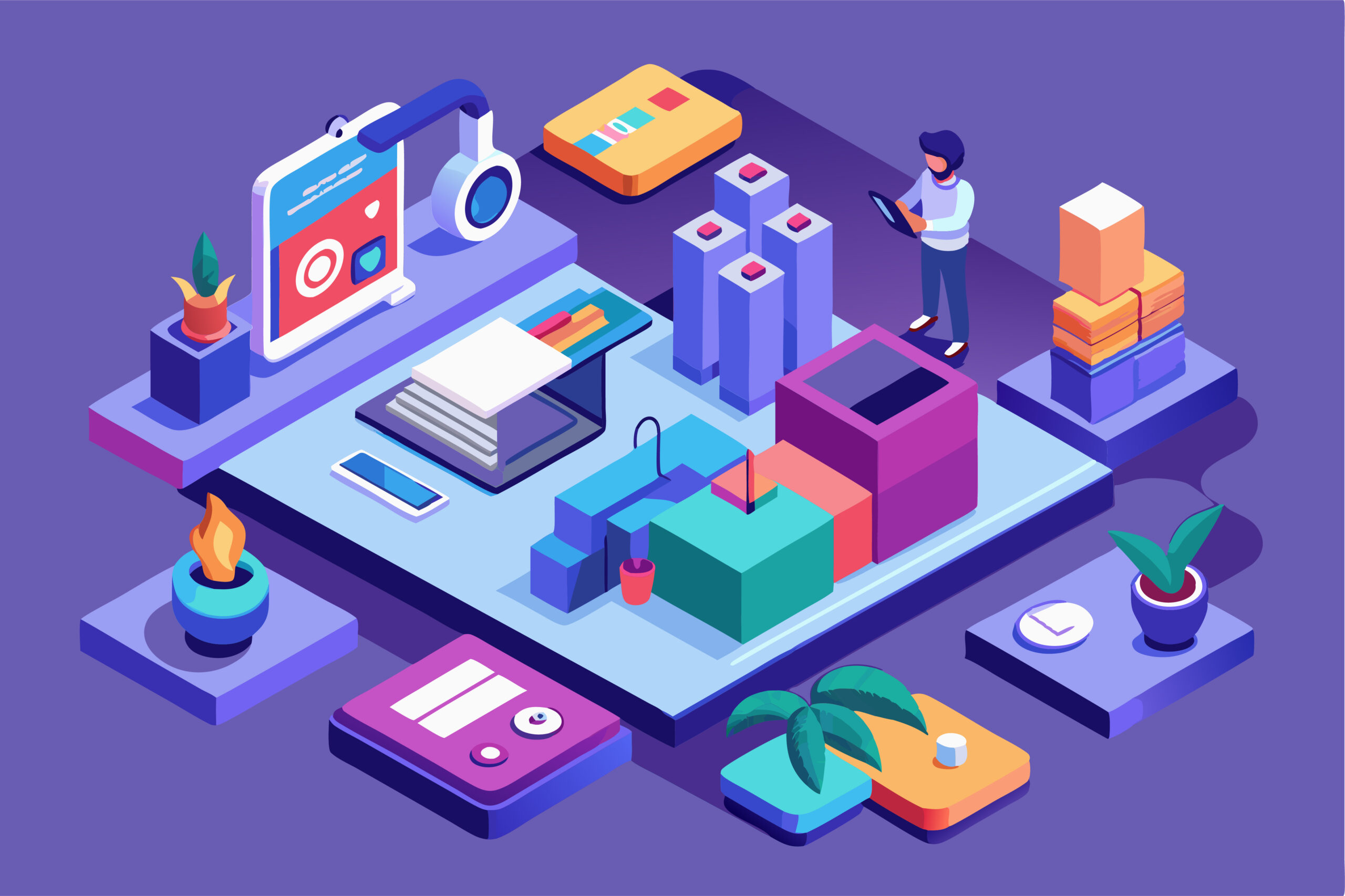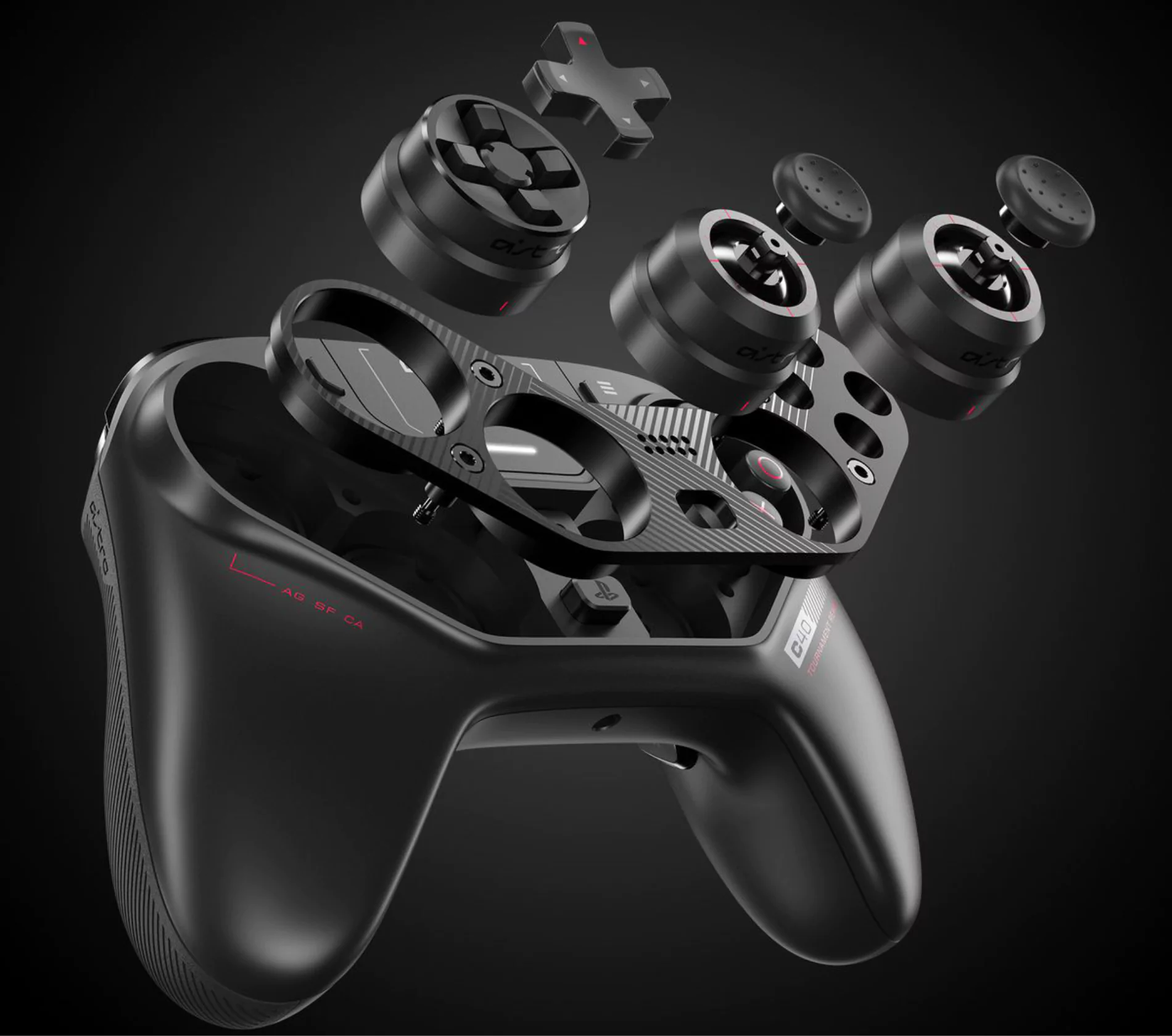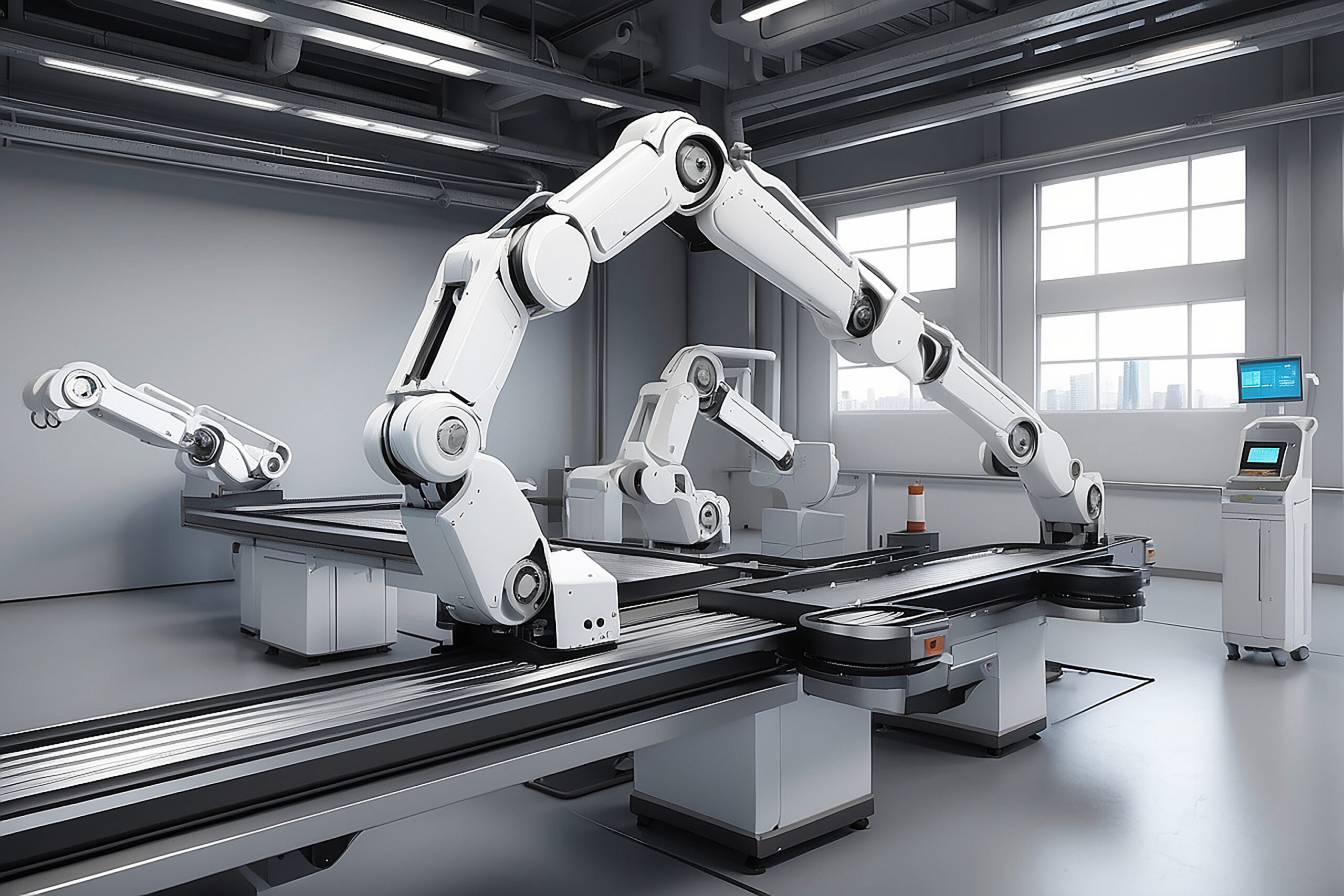3D visualization & 3D Visualization in Product Customization is a technology that allows businesses to create virtual models of their products in three dimensions. This technology is used in a wide range of industries, from architecture and engineering to fashion and product design. By creating a 3D model of a product, businesses can visualize and manipulate the product in ways that are not possible with traditional two-dimensional designs.
Product customization, on the other hand, is the process of creating personalized products for individual customers. This can include customizing the design, materials, and features of a product to meet the specific needs and preferences of a customer.
When used together, 3D visualization and product customization allow businesses to create custom products more efficiently and effectively. By creating a 3D model of a product, businesses can make changes and adjustments to the design quickly and easily. This makes it possible to create custom products at a lower cost and with greater accuracy than traditional methods.
Product customization is becoming increasingly important for businesses, as customers are looking for personalized and unique products that meet their specific needs and preferences. By offering custom products, businesses can differentiate themselves from competitors; improve customer satisfaction and loyalty, and increase sales and revenue. Customization also allows businesses to gather valuable customer insights and feedback, which can be used to inform product development and improve overall business strategies. As a result, product customization has become a key strategy for businesses looking to succeed in today’s competitive marketplace.
3D visualization plays a critical role in product customization by allowing businesses to create highly detailed and accurate virtual models of their products. These models can be customized and manipulated in real-time, making it possible for businesses to visualize and test product variations quickly and efficiently. With 3D visualization, businesses can create custom products that meet the specific needs and preferences of individual customers, while also reducing costs and improving efficiency in the production process. Overall, 3D visualization is a powerful tool that enables businesses to offer highly personalized and unique products.
Benefits of Using 3D Visualization in Product Customization
Customization has become a crucial aspect of product development, as more and more consumers look for products that meet their specific needs and preferences. However, traditional methods of product customization can be time-consuming, expensive, and limited in scope. This is where 3D visualization comes in, providing businesses with a powerful tool for creating customized products quickly, accurately, and cost-effectively. In this article, we will discuss the benefits of using 3D visualization in product customization.
Faster Turnaround Times for Custom Products
With 3D visualization, businesses can create highly detailed and accurate virtual models of their products, which can be customized and manipulated in real-time. This allows businesses to quickly create and test product variations, which can be produced and delivered to customers more rapidly than traditional customization methods. This faster turnaround time not only improves customer satisfaction but also enables businesses to stay competitive in today’s fast-paced marketplace.
Lower Costs for Creating Custom Products
Traditional customization methods often involve the creation of physical prototypes, which can be expensive to produce and time-consuming to revise. With 3D visualization, businesses can create and test product variations virtually, eliminating the need for physical prototypes. This not only reduces production costs but also allows businesses to make changes to the product design more quickly and efficiently. Additionally, 3D visualization enables businesses to reduce waste by producing only the custom products that are needed, rather than creating excess inventory that may go unsold.
Greater Accuracy in Custom Product Design
3D visualization provides businesses with a highly accurate and detailed virtual model of their products, enabling them to visualize and test product variations with greater precision. This level of accuracy is not possible with traditional customization methods, which often rely on manual measurements and physical prototypes. With 3D visualization, businesses can create and test custom product designs more effectively, ensuring that the final product meets the specific needs and preferences of individual customers.
Improved Customer Experience
Customized products can provide a unique and personalized experience for customers, but traditional customization methods can be frustrating and time-consuming. With 3D visualization, businesses can create and test product variations in real-time, enabling customers to see the customized product before it is produced. This not only improves the customer experience but also reduces the likelihood of errors or misunderstandings in the customization process. By providing a seamless and efficient customization experience, businesses can improve customer satisfaction and loyalty, leading to increased sales and revenue.
Examples of industries that are using 3D visualization for product customization
A wide range of industries are beginning to see the advantages of using 3D visualization in product customization. Here are some examples of industries that are using 3D visualization for product customization:
Jewelry industry
3D visualization is being used to create highly customized and intricate jewelry designs, allowing customers to create unique pieces that reflect their individual style and taste.Furniture industry: 3D visualization is being used to create custom furniture designs that meet the specific needs and preferences of individual customers. This allows customers to create furniture that fits their space, style, and functional requirements.Automotive industry: 3D visualization is being used to create custom car designs, allowing customers to select features and options that meet their specific needs and preferences.Footwear industry: 3D visualization is being used to create custom shoe designs, allowing customers to select the style, color, and size that fits their feet and style.Case study: how a company has successfully implemented 3D visualization for product customization One example of a company that has successfully implemented 3D visualization for product customization is Nike. Nike has been using 3D visualization to create highly customized sneakers for their customers, allowing them to provide their clients with the best experience.
Limitation of 3D Visualization in Product Customization
While there are many benefits to using 3D visualization for product customization, there are also some challenges and limitations that businesses should be aware of. In this section, we will discuss some of the challenges and limitations of 3D visualization for product customization.
The cost of implementing 3D visualization technology
Implementing 3D visualization technology can be expensive, requiring significant investments in hardware, software, and training. For small businesses or those with limited resources, the cost of implementing 3D visualization technology may be prohibitive.
Complexity of 3D modeling
Creating 3D models can be a complex and time-consuming process, requiring specialized skills and training. Businesses may need to hire additional staff or work with outside contractors to create 3D models, which can add to the cost and complexity of implementing 3D visualization technology.
Limited options for customization
While 3D visualization can enable businesses to create highly customized products, there may still be limitations to what can be customized. For example, certain product features may be too complex or expensive to customize, or there may be limitations on the materials or manufacturing processes that can be used.
Customer education and acceptance
Some customers may be unfamiliar with the concept of 3D visualization and may be hesitant to trust virtual models of their custom products. It may be necessary for businesses to educate customers on the benefits of 3D visualization and provide clear communication throughout the customization process to ensure customer satisfaction.
while 3D visualization has many benefits for product customization, there are also challenges and limitations that businesses should consider before implementing this technology. By carefully weighing the pros and cons, businesses can determine if 3D visualization is the right solution for their customization needs and take steps to mitigate any potential challenges or limitations.
The future of 3D visualization
The future of 3D visualization in product customization is bright, as businesses continue to explore new ways to use this technology to enhance the customer experience and improve their bottom line. As the technology becomes more advanced and accessible, we can expect to see even more innovative uses of 3D visualization in product customization.
One area where 3D visualization is likely to play an increasingly important role is in mass customization. With 3D visualization, businesses can create highly customized products on a large scale without the need for expensive tooling or production processes. This could enable businesses to offer highly personalized products to a much wider audience, helping to drive customer loyalty and increase sales.
Another area where we can expect to see growth in the use of 3D visualization is in virtual try-on and fitting rooms. By creating virtual 3D models of products, businesses can enable customers to see how different styles, colors, and sizes will look on them without the need for physical try-ons. This could help to reduce the number of returns and improve customer satisfaction while also reducing costs for businesses.
Overall, the future of 3D visualization in product customization is likely to be characterized by continued innovation and growth. As businesses continue to invest in this technology and explore new applications for it, we can expect to see more highly customized products, more efficient production processes, and an overall improved customer experience.
3D visualization and product customization allow businesses to create customized products more efficiently and effectively, allowing them to differentiate themselves from competitors, improve customer satisfaction, and increase sales and revenue. 3D visualization is a powerful tool that enables businesses to offer highly personalized and unique products.





